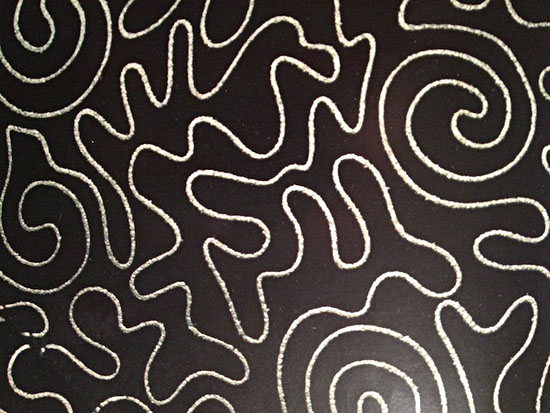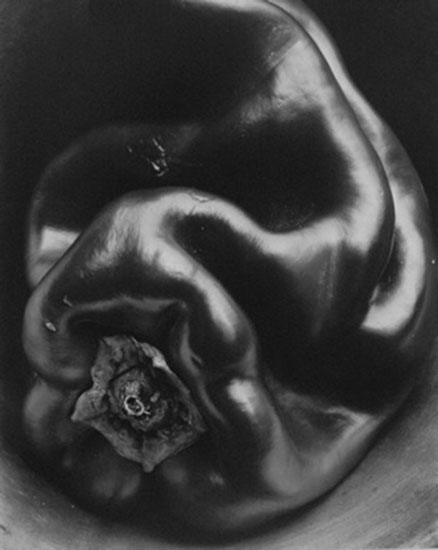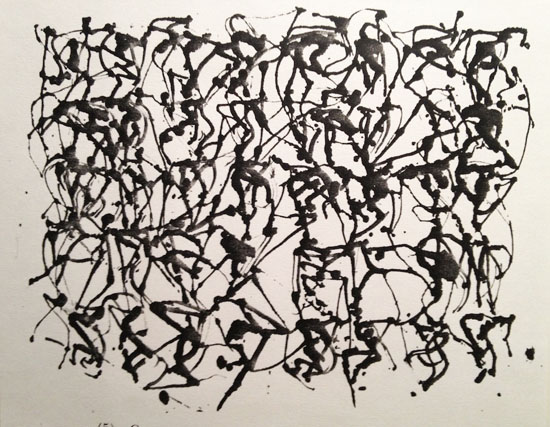What is the difference between a line – and certainly characters – drawn by hand and in print? How come that in the first case there is an unmistakable warmth which is hard to fake in print even if a collection of typeface imitates classical handwriting to perfection, specially adapted to digital graphics?
Our ancestors were painfully trained to produce beautiful letters. My French primary school teacher too tried to discipline our hand, but I can still feel the helpless scratching of my pen and the horror of ink spattering around. Personal charm derives, in my view, from the irregularities we do so much our best to avoid.

Many of us feel unhappily challenged by the idea of drawing… haven’t done that since school days, hated those lessons, unable to hold a pencil, … not artistic anyway. Then what about your doodles? Did you ever have a good look at them? They are a fun way of releasing energy, of letting our hand flow freely, even of showing us what draws our eye. And they teach us to master the precious art of imperfection because they are ‘insignificant’ and thus always good enough.


In search of illustrations for my blog I’ve recently gone through my notebooks at art school. Not only did I find a series I did on metal scrap that inspired me many years ago, when I had no idea I would one day prepare a book about iron, but I realised how much these pieces of tattered metal still thrill me.
At the time we still had a large Xerox at home and I played with it, layering flattened tins on the glass surface, running all sorts of paper through the machine over and over again, layering the images I obtained, embroidering endlessly around the same theme. In retrospect all that I’m doing now was already visible then.


My doodles have not changed so much with the years and my eye has often been drawn to shapes akin to them, although it took a while before I discovered that.

Printed material

Edward Weston, Pepper # 35, 1930 (Source)

Graphite pencil rubbing of a tree


Fungus
Indian ‘moli’ thread on my work table


Brice Marden, Group of Five, Cold Mountain (4), 1988
The lines of Christo’s Running Fence in California, 1972-76:

There is a leading thread, a logic in what we do even if we never touch a drawing pencil. The more conscious we become of our own ‘voice’ at an early stage, the stronger it will ring.
So do keep your doodles, put a notepad on your desk and use it when you’re on the phone… And if you have a moment more, listen to the warm voice of Alan Watts on ‘What makes you itch?’